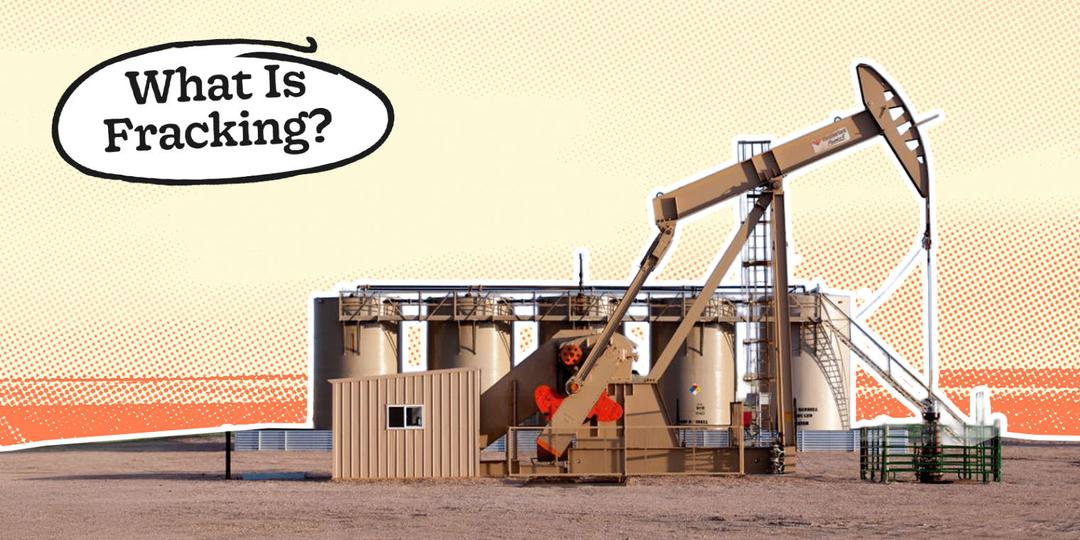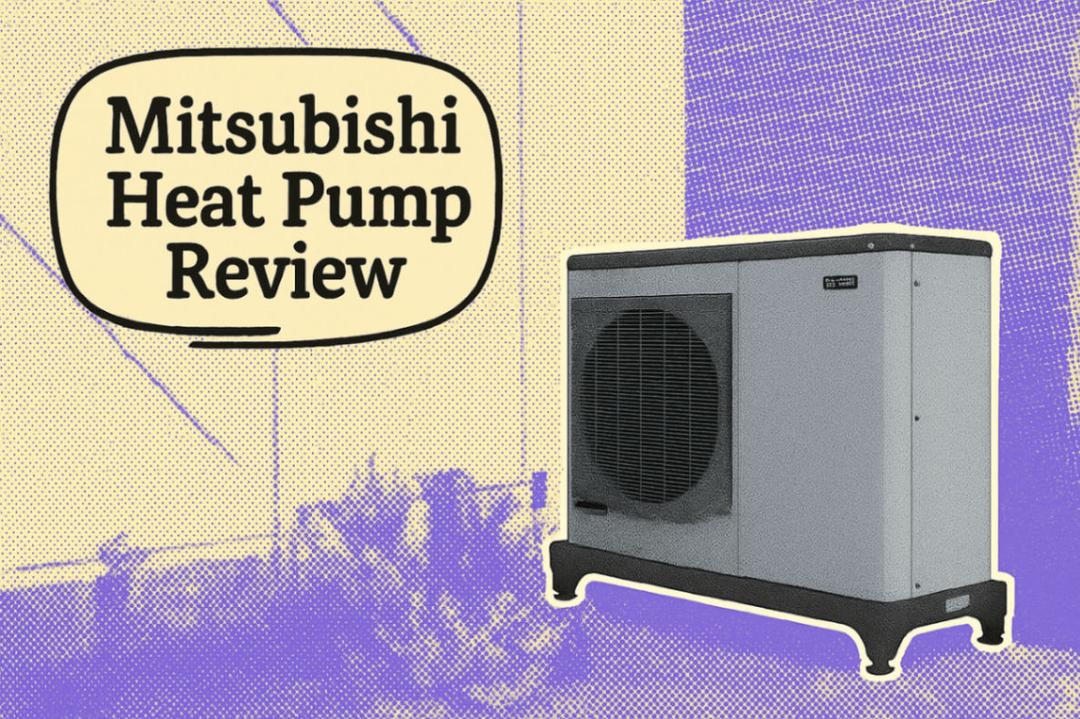Got your eye on a ground source heat pump (GSHP) to give your home’s heating a proper eco-friendly glow-up?
- What’s a Ground Source Heat Pump, Anyway?
- How Much Do Ground Source Heat Pumps Cost?
- Any Government Grants Up for Grabs?
- What Types of Ground Source Heat Pumps Are There?
- The Pros and Cons of Going GSHP
- Just How Efficient Are Ground Source Heat Pumps?
- Is My Home a Good Fit for a GSHP?
- Should I Take the Plunge with a GSHP?
These clever systems tap into the earth’s natural warmth to keep your home toasty and your hot water flowing, all while slashing your carbon footprint.
Installing a GSHP in the UK can feel like a big step, but don’t worry - we’ve got you covered with this friendly guide. From costs to grants, efficiency to suitability, we’ll break it all down, so you can decide if a GSHP is your home’s new best mate.
Quick Summary:
GSHPs pull heat from the ground to warm your home efficiently, using less energy than traditional boilers.
Expect to spend £18,000–£50,000, depending on the system, but grants can ease the sting.
The UK’s Boiler Upgrade Scheme offers £7,500 to help cover costs in England and Wales.
Choose between horizontal loops for big gardens or vertical boreholes for smaller spaces.
GSHPs are super efficient but need a well-insulated home and some land to shine.
They’re a cracking choice for eco-conscious homeowners with the budget and space to go green.
What’s a Ground Source Heat Pump, Anyway?
Picture this: a system that quietly sips heat from the ground beneath your feet to keep your home warm and your showers hot.
That’s a ground source heat pump in a nutshell. It works by running a mix of water and antifreeze through pipes buried in your garden.
These pipes soak up the ground’s natural warmth, steady at about 8-12°C all year round in the UK.
The heat pump then gives that warmth a boost, sending it to your radiators, underfloor heating, or hot water tank.
Unlike a gas boiler, a GSHP runs on electricity but uses so little to produce heaps of heat, making it a proper eco-warrior for your home.
How Much Do Ground Source Heat Pumps Cost?
Let’s talk numbers - because we know you’re curious! Installing a ground source heat pump isn’t cheap, but it’s an investment that pays off over time.
For a typical 3-bedroom home (around 100–150m²), a horizontal loop system, where pipes are spread out under your garden in trenches, will cost you roughly £18,000 to £28,000.
This setup’s great if you’ve got a decent-sized lawn to play with. On the other hand, if space is tight or you’re in an urban spot, a vertical borehole system, where pipes are drilled deep into the ground, comes in at £30,000 to £50,000. The higher price tag reflects the specialist drilling gear needed to go 75–200 metres down.
These figures include the heat pump itself, installation by our MCS-certified pros, and all the groundwork to get those pipes in place.
But here’s a heads-up: you might need to set aside a bit extra for upgrades like larger radiators, underfloor heating, or insulation tweaks to make sure your GSHP runs like a dream.
For smaller homes, like a 2-bedroom flat or terrace, costs lean towards the lower end, while bigger 4- or 5-bedroom houses might nudge the upper limits, especially if they need a beefier heat pump.
To give you a clearer picture, GSHPs come in different sizes, measured in kilowatts (kW), to match your home’s heating needs.
An 8kW unit suits smaller homes, a 12kW one is spot-on for mid-sized properties, and a 16kW beast handles larger homes with ease. Costs scale with size, so let’s lay it all out in a table for you.
Here’s a summary of how those costs break down:
Heat Pump Size | Home Size (Bedrooms) | Heat pump & installation costs | Horizontal Groundwork Costs | Vertical Groundwork Costs |
8kW | 1–2 bedrooms (~80–120m²) | £10,000-£15,000 | £5,000-£8,000 | £20,000-£20,000 |
12kW | 3 bedrooms (~120–180m²) | £12,000-£18,000 | £6,000-£12,000 | £18,000-£28,000 |
16kW | 4–5 bedrooms (~180–250m²) | £15,000-£22,000 | £8,000-£12,000 | £25,000-£35,000 |
Please note: These ranges are estimates - your final quote depends on your home’s specifics, like soil type, insulation, and heating setup.
Any Government Grants Up for Grabs?
Good news - Uncle Sam’s not the only one dishing out cash for green tech! In the UK, the government’s got your back with the Boiler Upgrade Scheme (BUS) in England and Wales, offering a tidy £7,500 grant towards your GSHP installation.
This gets knocked off your bill by your installer, so you’re not left faffing with paperwork. If you’re in Scotland, the Home Energy Scotland Grant and Loan scheme can chip in up to £7,500 (or more for rural homes) and even throw in an interest-free loan of up to £17,500 for extra measures like insulation.
Northern Ireland’s a bit behind on specific GSHP grants, but you might still snag funding for energy upgrades.
Just make sure your installer’s MCS-certified (like Heatable’s pros) to qualify, and we’ll handle the rest to make it smooth as butter.
What Types of Ground Source Heat Pumps Are There?
Not all GSHPs are cut from the same cloth, and the right one depends on your home’s setup. Horizontal ground loop systems are the go-to for homes with plenty of garden space.
Think pipes laid in trenches about 1.2–2 metres deep, covering an area a couple of times your home’s footprint.
Got a smaller plot? Vertical borehole systems are your mate, with pipes sunk 75–200 metres into the ground. They’re pricier because of the drilling, but perfect for urban homes or tight spaces.
There’s also a rare third option - water source heat pumps - that use nearby lakes or rivers, but you’ll need a waterfront property to make that work.
The Pros and Cons of Going GSHP
Ground source heat pumps have loads going for them, but they’re not perfect for everyone.
On the plus side, they’re ridiculously efficient - think 4 units of heat for every 1 unit of electricity, which could save you up to £2,000 a year if you’re ditching electric heaters, or £300 - £550 compared to an old gas boiler.
They’re green as can be, with no on-site emissions, especially if you pair them with solar power. Plus, they last ages - 25 years for the indoor bits and 50 - 80 years for the ground loops. And don’t forget those juicy government grants!
But here’s the flip side: the upfront cost can make your eyes water, and installation’s no picnic - digging trenches or drilling boreholes can turn your garden into a temporary building site.
You’ll need decent insulation and maybe some heating upgrades to get the best results, and if your garden’s tiny, horizontal loops might be a non-starter.
Just How Efficient Are Ground Source Heat Pumps?
If efficiency’s your thing, GSHPs are hard to beat. They boast a Coefficient of Performance (COP) of 3 to 4, meaning every kilowatt of electricity powers 3 - 4 kilowatts of heat.
In top-notch setups - like a vertical system in a well-insulated home - you might even hit a COP of 5.
Compare that to a gas boiler’s 90 - 95% efficiency or an electric heater’s measly 100%, and you see why GSHPs are the bee’s knees.
To max out those savings, you’ll want a properly designed system, a snug home with minimal heat loss, and a heating setup like underfloor heating or big radiators.
Oh, and pro tip: grab an off-peak electricity tariff to keep running costs even lower.
Is My Home a Good Fit for a GSHP?
Wondering if your place is GSHP-ready? It’s all about a few key factors.
1. How much land/space do you have?
First, space - horizontal loops need a chunky garden (say, 180m² for a 3-bedroom home), while vertical systems can work in smaller plots if drilling’s doable.
For reference, a standard-sized vertical system needs between 3 and 6 boreholes at around 70 - 130 metres deep.
Your soil matters too - clay or wet ground conducts heat better, so a quick survey can tell you if you’re golden.
2. Is your home well-insulated?
Insulation’s a biggie; think double glazing, 270mm loft insulation, and cavity wall fillings - is crucial for GSHPs to trap their gentle 35 - 55°C heat efficiently, unlike gas boilers, which use hotter 60 - 80°C flow to overpower heat loss in draughty homes, sacrificing efficiency and hiking fuel costs.
3. How big is your property?
Ground source heat pumps are typically more justified the larger a property is, since they can help provide a reliable and cost-effective amount of heat year-round.
However, if you live in a property with limited space, like a flat or smaller house it may not make sense due to the land required for the installation, as well as the upfront costs required to justify the project.
4. What type of heating do you currently have?
Your heating system needs to play nice too - underfloor heating or oversized radiators are ideal, as GSHPs run cooler than boilers. And let’s be real: you’ll need the budget to cover the upfront cost, even with grants.
5. Do you need planning permission?
Typically, installing a GSHP falls under ‘permitted development’, so you typically do not require planning permission.
However, if you live in an area of Outstanding Natural Beauty or a listed building, you will usually need to make a planning application.
If in doubt, it is always best to seek the advice of your local authorities planning office.
Should I Take the Plunge with a GSHP?
So, is a ground source heat pump your home’s next big thing?
If you’re all about slashing your carbon footprint, saving on bills in the long run, and staying put for years to enjoy the perks, a GSHP could be a cracking choice.
They’re especially ace for well-insulated homes with enough land or drilling access, and that £7,500 grant makes the leap a lot less scary.
But if the upfront cost feels like a stretch, your home’s insulation is a bit dodgy, or you’re short on space, you might want to weigh up other options.
Air source heat pumps, for instance, are cheaper to install and still nab that £7,500 grant.
Not sure which way to go? Chat with our Heatable crew - we’ll help you figure out what’s best for your home and budget.
Learn more about heat pumps:





